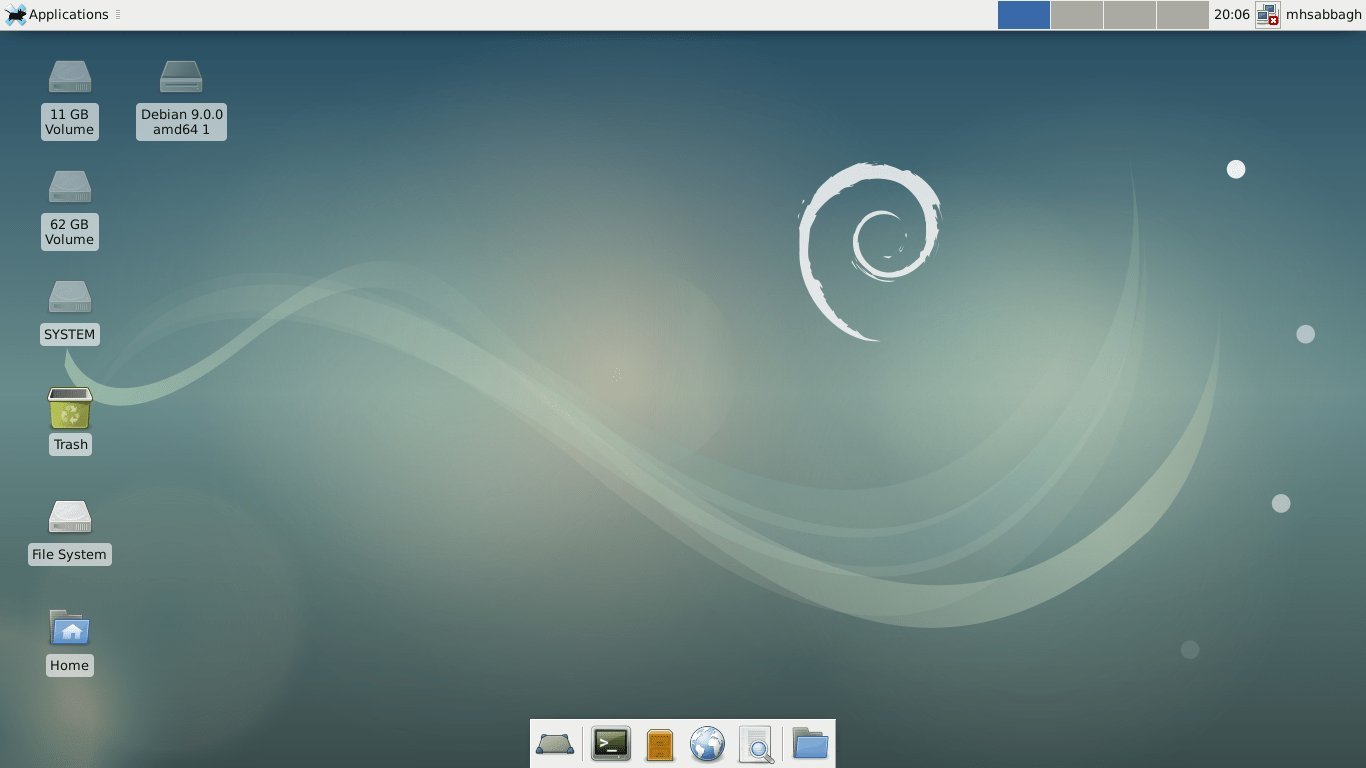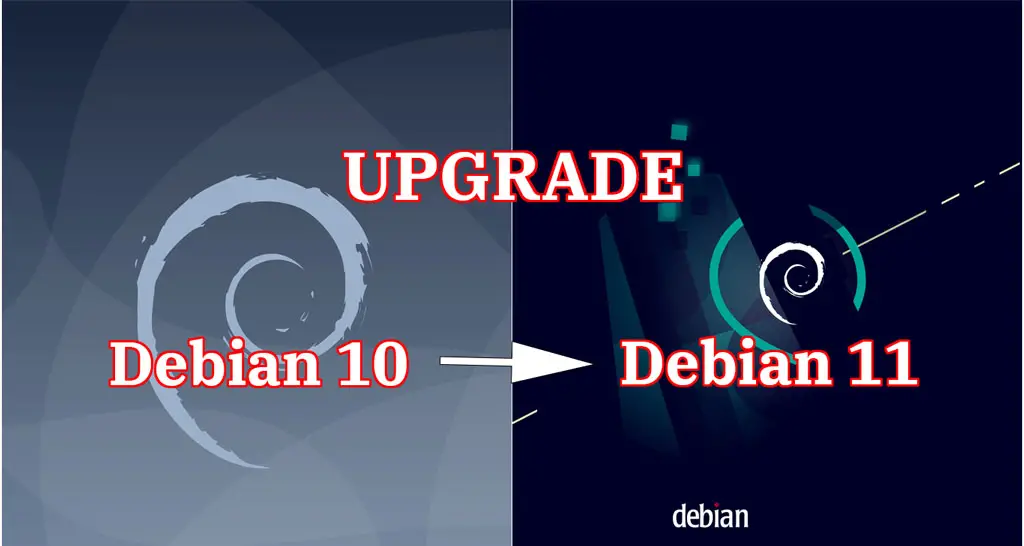

Tin圜ore is Core + Xvesa.tcz + Xprogs.tcz + aterm.tcz + fltk-1.3.tcz + flwm.tcz + wbar.tcz It starts with a recent Linux kernel, vmlinuz, and our root filesystem and start-up scripts packaged with a basic set of kernel modules in core.gz.Ĭore (11MB) is simply the kernel + core.gz - this is the foundation for user created desktops, servers, or appliances.

The Core Project is a highly modular based system with community build extensions. The complete text of the GNU General Public License can be found in /usr/share/common-licenses/GPL-3 file.Welcome to The Core Project - Tiny Core Linux You should have received a copy of the GNU General Public License along with this program. See the GNU General Public License for more details. This program is distributed in the hope that it will be useful, but WITHOUT ANY WARRANTY without even the implied warranty of MERCHANTABILITY or FITNESS FOR A PARTICULAR PURPOSE.

License: This program is free software: you can redistribute it and/or modify it under the terms of the GNU General Public License as published by the Free Software Foundation, either version 3 of the License, or (at your option) any later version. Rights: Copyright: Copyright (C) 2006-2015 Live Systems Project, Copyright (C) 2016-2020 The Debian Live team boot time configurationĨ.1.1 Distribution, archive areas and modeĨ.1.3 Distribution mirrors used at build timeĨ.1.4 Distribution mirrors used at run timeĨ.2.6 Using conditionals inside package listsĨ.3 Installing modified or third-party packagesĨ.3.1 Using packages.chroot to install custom packagesĨ.3.2 Using an APT repository to install custom packagesġ0.3.2 Using more than one persistence storeġ2.2 Customizing Debian Installer by preseedingġ2.3 Customizing Debian Installer contentġ4.6 Isolate the failing case if possibleġ4.7 Use the correct package to report the bug againstġ4.7.2 At build time while installing packagesġ6.7 A localized GNOME desktop and installer 2.1.1 What is wrong with current live systemsĢ.2.1 Only unchanged packages from Debian "main"Ģ.2.2 No package configuration of the live systemĤ.2 First steps: building an ISO hybrid imageĤ.3.1 Burning an ISO image to a physical mediumĤ.3.2 Copying an ISO hybrid image to a USB stickĤ.3.3 Using the space left on a USB stickĤ.4.2 Testing an ISO image with VirtualBoxĦ.1.1 Why use auto scripts? What do they do?Ħ.2 Clone a configuration published via Gitħ.1 Build time vs.


 0 kommentar(er)
0 kommentar(er)
